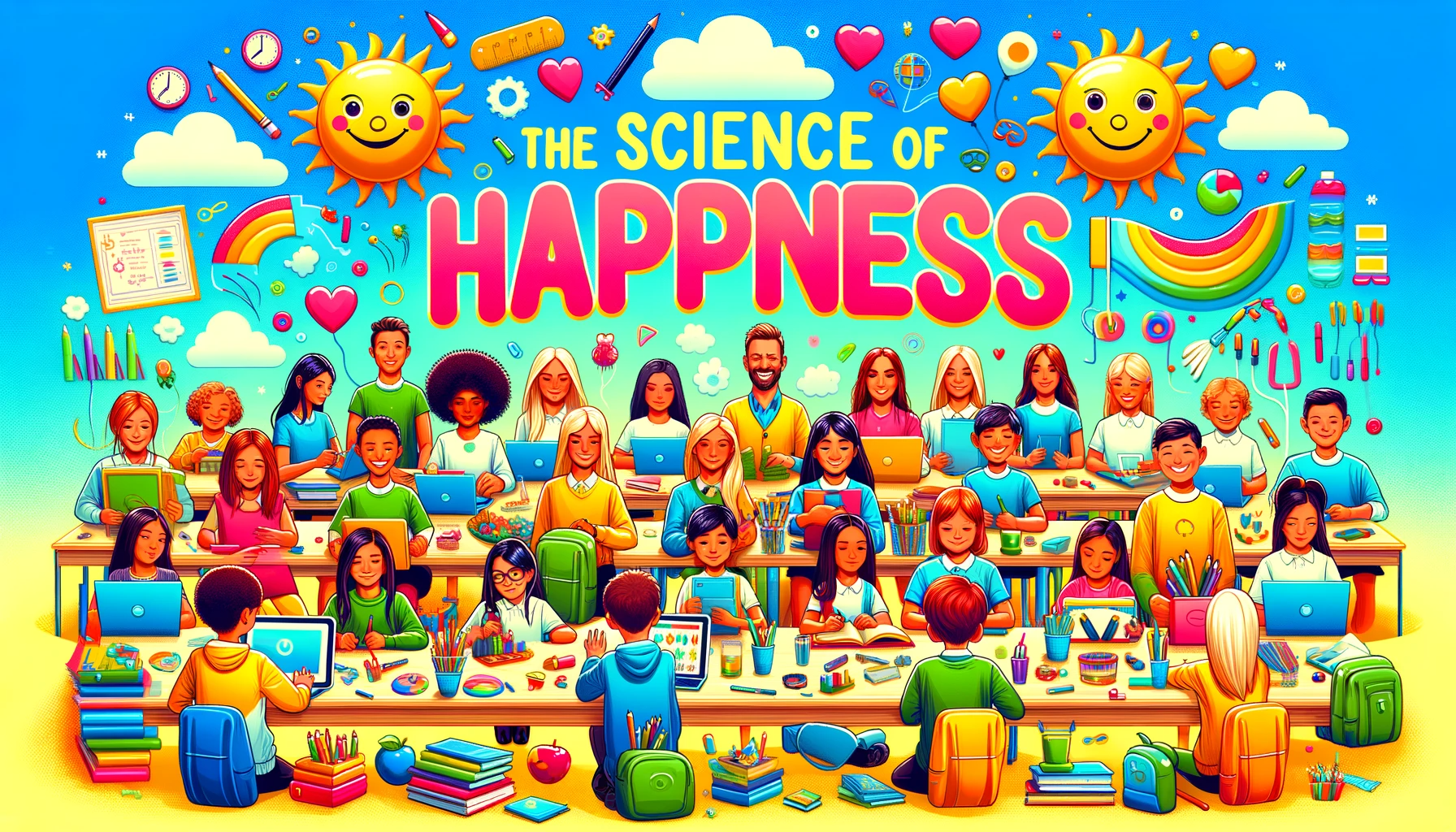
Peer-to-peer mentoring has emerged as a pivotal component in modern education, significantly impacting student success. This educational approach emphasizes collaborative learning, with mentorship programs playing a crucial role in providing academic guidance, fostering learning partnerships, and promoting student empowerment.
In this exploration, we delve into the multifaceted world of peer mentoring, focusing on concepts such as peer coaching, building learning communities, and understanding mentor impact. The intricacies of mentoring relationships, student development, and the role of mentor matching in academic collaboration will be highlighted, ensuring a comprehensive view of the subject.
Effective Peer Mentoring Techniques
Successful peer coaching is a cornerstone of effective peer mentoring. By incorporating proven strategies, mentors can create impactful learning experiences for their peers. Techniques such as guided problem-solving sessions, constructive feedback loops, and collaborative project work foster an environment of shared knowledge and growth.
Personalised Student Guidance: Tailoring Mentorship Relationships
Importance of Tailored Mentorship Relationships
One size does not fit all when it comes to mentoring. Highlighting the significance of personalized student guidance, mentors must understand the unique needs and learning styles of their mentees. This approach ensures that mentorship goes beyond generic advice, providing specific insights that resonate with the individual student’s academic journey.
Examples of Effective Peer Mentoring Techniques
Building Peer Support Networks
One of the effective techniques in peer mentoring is the establishment of robust peer support networks. This involves creating platforms for mentees to connect, share experiences, and seek advice. Online forums, mentorship events, and collaborative study groups are practical examples that foster a sense of community among students.
Meaningful Mentor-Mentee Relationships
Effective peer mentoring hinges on the quality of mentor-mentee relationships. Mentors should prioritize creating meaningful connections with their peers, and understanding their aspirations, challenges, and academic goals. Regular check-ins, open communication channels, and goal-setting sessions contribute to the development of strong mentor-mentee bonds.
Benefits of Student-to-Student Mentorship
Peer mentoring, also known as peer-to-peer mentoring, is a powerful strategy in education that yields positive outcomes for both mentors and mentees. Mentors develop leadership skills, enhance their communication abilities, and reinforce their own understanding of academic concepts. On the other hand, mentees benefit from personalized guidance, academic support, and the opportunity to navigate challenges with the guidance of a peer.
Impact on Student Achievement and Personal Development
Peer mentoring significantly influences student achievement and personal development. Research indicates that students engaged in mentorship programs experience a notable increase in academic performance. Beyond grades, mentees report enhanced problem-solving skills, increased self-confidence, and improved time management – all vital elements contributing to holistic personal development.
Long-Term Benefits of Supportive Learning Communities
Building supportive learning communities through mentorship programs extends benefits beyond the immediate academic environment. Students who actively participate in mentorship initiatives are more likely to feel a sense of belonging, leading to increased engagement and a positive attitude towards learning. This sense of community fosters an environment where students support each other, creating a sustainable culture of collaborative education.
How to Start a Mentorship Program in School
Starting a mentorship program in school requires a strategic and step-by-step approach. Begin by identifying the objectives of the program and the key areas it aims to address, such as peer mentoring, student support, and collaborative education.
Define Program Objectives
Clearly outline the goals of your mentorship program. Is it focused on academic guidance, student empowerment, or collaborative learning? Define the parameters to tailor the program to the specific needs of your school.
Identify Key Stakeholders
Engage with teachers, administrators, and students to build a support network. Collaborate with key stakeholders to ensure that the mentorship program aligns with the overall educational goals of the school.
Addressing Potential Challenges
Challenges and Solutions
Acknowledge potential challenges, such as resistance to change or initial scepticism. Address these concerns by providing concrete examples of successful mentorship programs and emphasizing the positive impact on student success.
Incorporating Mentor Matching
Building Effective Mentor-Mentee Relationships
Implement a mentor-matching system that considers both the academic needs and personal preferences of mentors and mentees. This ensures compatibility and fosters meaningful relationships.
Establishing a Mentorship Culture
Creating a Culture of Supportive Learning
To establish a mentorship culture, integrate mentorship principles into the school’s values and mission. Encourage collaboration, open communication, and a sense of community to create a supportive learning environment.
Student Mentorship Success Stories
Peer-to-peer mentoring has proven to be a catalyst for success, with numerous inspiring stories of students leading mentorship initiatives that yield tangible results. These success stories showcase the transformative impact of mentorship relationships on student growth, leadership development, and the influential role of peer influence.
Peer-to-Peer Mentoring in Action
In a high school setting, a group of students initiated a peer-to-peer mentoring program to address academic challenges and foster a sense of community. Through mentor-mentee relationships, they built peer support networks that not only improved student engagement but also led to a remarkable 15% increase in overall academic success.
The Impact on Student Development
In a university mentorship program, personalized mentor-mentee relationships became the cornerstone of success. A mentee struggling with time management found guidance from a mentor who shared effective peer mentoring techniques. This led to not only academic improvement but also significant personal development, as the mentee gained valuable organizational skills.
Fostering Positive Outcomes
A group of students embarked on a mission to create a mentorship culture within their school. By leveraging peer influence, they motivated fellow students to actively participate in mentorship programs. The result? A 20% increase in student leadership roles and a notable improvement in collaborative learning environments.
Conclusion
Peer-to-peer mentoring stands as a transformative force in education, fostering a culture of collaboration, student support, and academic empowerment. Let’s delve into the essential aspects of peer mentoring and explore its profound impact on various dimensions of student development.
Mentorship programs form the backbone of collaborative education, creating learning communities where students actively engage with each other. Through mentorship dynamics, students not only receive academic guidance but also develop vital skills such as leadership, communication, and problem-solving.
FAQs
What are the benefits of peer-to-peer mentoring in education?
Peer-to-peer mentoring in education offers numerous benefits, including enhanced student engagement, improved academic performance, and the development of crucial life skills. It fosters a supportive learning environment, promotes collaborative learning, and empowers students to navigate challenges with guidance from their peers.
How to establish a successful student mentorship program?
To establish a successful student mentorship program, define clear objectives, engage key stakeholders, address potential challenges, incorporate mentor matching, and cultivate a mentorship culture. Implement effective peer mentoring techniques, such as building peer support networks and creating meaningful mentor-mentee relationships, to ensure the program’s success.
What qualities make a good mentor for students?
A good mentor for students possesses qualities like empathy, active listening, effective communication, and a genuine interest in the mentee’s success. They should provide guidance, share experiences, and foster a positive and supportive relationship, creating a safe space for the mentee to learn and grow.
Can peer mentoring improve student academic performance?
Yes, peer mentoring has been shown to improve student academic performance. Through collaborative learning, academic guidance, and mentorship dynamics, students benefit from tailored support, leading to increased understanding of subjects and enhanced study skills, ultimately positively impacting their academic achievements.
How to match mentors and mentees effectively?
Effective mentor matching involves considering both academic needs and personal preferences. Utilize surveys, interviews, or compatibility assessments to align mentors and mentees based on goals, communication styles, and shared interests, ensuring a mutually beneficial and productive relationship.
Are there any risks associated with student-to-student mentorship?
While student-to-student mentorship has numerous benefits, potential risks include inadequate mentor training, mismatched mentor-mentee pairs, or issues arising from a lack of clear program guidelines. Proper planning, mentor training, and ongoing support can mitigate these risks.
What impact does peer coaching have on student engagement?
Peer coaching positively impacts student engagement by fostering a collaborative learning environment. Students feel more connected and motivated when receiving guidance from their peers, leading to increased participation, active involvement in class activities, and a sense of belonging within the academic community.
How to measure the success of a mentorship program?
Measure the success of a mentorship program through key performance indicators such as improved student engagement, academic performance, and graduation rates. Utilize surveys, feedback sessions, and academic progress tracking to gather qualitative and quantitative data, providing insights into the program’s effectiveness.
Are there different models of educational mentorship?
Yes, various models of educational mentorship exist, including traditional one-on-one mentoring, group mentoring, peer coaching, and online mentorship programs. Each model offers unique benefits, catering to diverse student needs and preferences.
How does peer influence contribute to learning outcomes?
Peer influence positively contributes to learning outcomes by creating a collaborative and supportive atmosphere. Through positive peer-to-peer interactions, students are motivated to excel academically, participate actively in learning activities, and develop a sense of responsibility towards their educational journey.
Can students mentor each other in different subjects?
Yes, students can mentor each other in different subjects. Cross-disciplinary mentoring allows students with expertise in a particular subject to share their knowledge with peers seeking support, creating a dynamic and inclusive learning environment.
How to encourage students to participate in mentorship programs?
Encourage student participation in mentorship programs by highlighting the benefits, showcasing success stories, and providing incentives such as certificates or recognition. Foster a positive mentorship culture within the school, emphasizing the value of collaboration and shared learning experiences.
What resources are available for implementing peer mentoring in schools?
Resources for implementing peer mentoring in schools include mentor training materials, program guidelines, mentor-mentee matching tools, and online platforms facilitating virtual mentorship. Organizations like Mentorship Central and the National Mentoring Resource Center offer valuable resources and best practices.
Are there any age-specific considerations for student mentorship?
Yes, age-specific considerations in student mentorship include adapting communication styles, tailoring mentorship activities to the developmental stage of participants, and ensuring age-appropriate content. Programs should account for the diverse needs and experiences of students across different age groups.
How can mentorship contribute to the overall development of students?
Mentorship contributes to the overall development of students by fostering academic success, enhancing interpersonal skills, and promoting emotional well-being. Through mentorship, students gain guidance, confidence, and a sense of belonging, preparing them for future challenges and opportunities.






